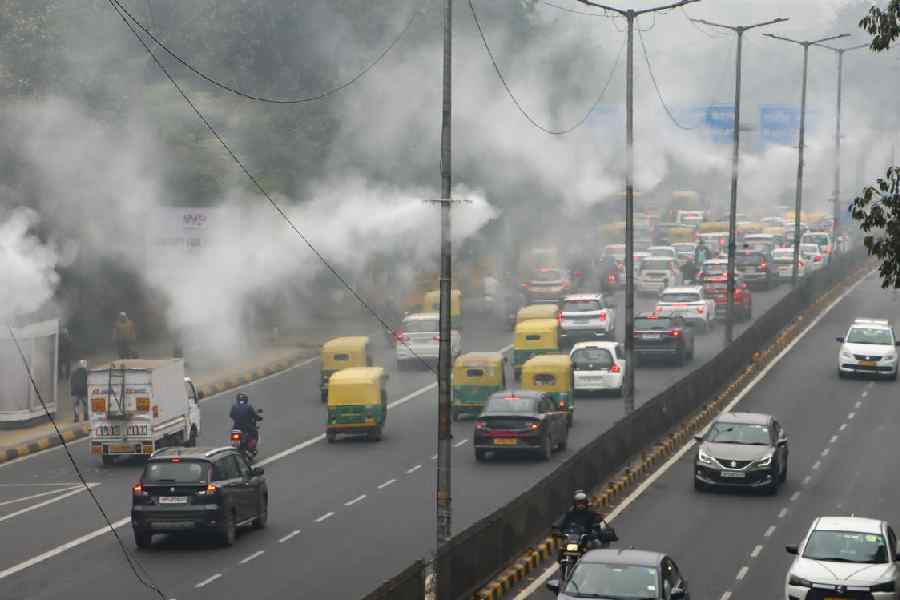 |
Patna, Aug. 12: The special cabinet meeting today set a target of increasing agriculture production in Bihar by more than two-fold by 2022.
In the next five years (2017), the state aims to increase the production from the existing 129 lakh tonnes to 252 lakh tonnes. The final target is 324 lakh tonnes by 2022.
The ambitious target has left experts sceptical and are dubbing it Utopian. “Even when Punjab witnessed a green revolution, the agriculture growth rate was just 6 per cent. Going by projections, Bihar will have to register a growth of 16 per cent every year to achieve this target,” said economist P.P. Ghosh, adding that the road map being prepared for agriculture was unreal.
Meeting almost two months behind its announced date (June 15) of meeting, the second agriculture cabinet today decided to hold a meeting of stake holders in the end of October as part of its exercise to chart out the second road map for the agriculture sector. The road map would also take into account the reports of the 14 committees, which were set up in accordance with the decisions taken in the first meeting of agriculture cabinet held on April 26 this year.
As far as impact of accelerated seed extension programme is concerned, Bihar, in the past three years has been able to increase the seed replacement rate from 10 per cent to 30 per cent. The budgetary allocation has also increased from Rs 20.43 crore in 2005-06 to Rs 848.86 crore for the current fiscal (2011-12) under plan expenditure head for the sector.
“The committee on agriculture production, in its report, came up with certain goals which it intends to achieve in the next five and next 10 years. It says the foodgrain production-level would be taken up to 252 lakh tonnes in 2017 from the present production level of 129 lakh tonnes per year and by the year 2022 this would be taken to the level of 324 lakh tonnes per year,” agriculture department principal secretary Ashok Kumar Sinha told reporters.
Asked to explain the points on the basis of which these projections have been made, Sinha said projections are based on the basis of resources — land, irrigation and seed varieties — available with the state. Experts, however, do not appear to be convinced by these projections. Economist N.K. Choudhary termed the projection as utopian. “The state does not have the resources to achieve this kind of growth in the agriculture sector,” he said.
Former chairman of state agriculture commission Ramadhar said: “In the light of the past performance of agriculture, the projection seems to be on the higher side. One has to take into account flood or drought that the state faces.”











